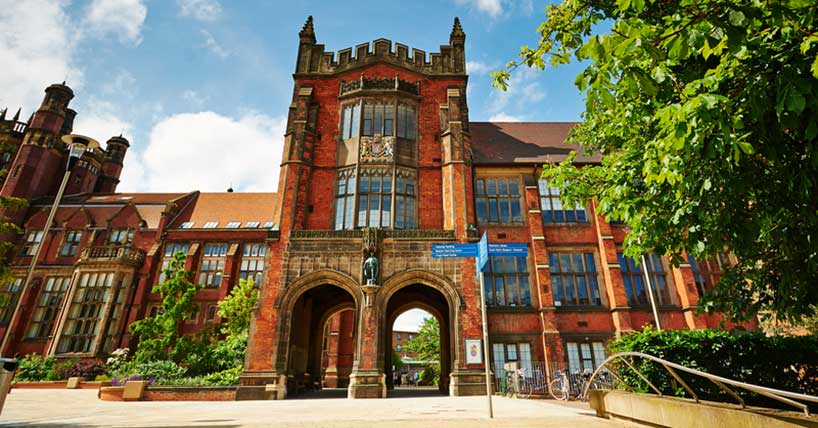Lifting weights makes your nervous system stronger
Lifting weights makes your nervous system stronger too
Published on: 30 June 2020
Research has shown that the first few weeks of training strengthen the nervous system, not muscles.
New research published in JNeurosci reveals how the first few weeks of weightlifting strengthen the reticulospinal tract not muscles.
The brain orchestrates movement via two major neural highways descending to the spinal cord: the corticospinal tract (CST) and reticulospinal tract (RST). The CST is thought to be the dominant pathway, with the RST controlling posture. However, the CST does not change during strength training, so increased strength must stem from the more primitive RST.
Professor Stuart Baker from Newcastle University and Dr Isabelle Glover from UCL trained monkeys to pull a weighted handle using one arm, with the weight gradually increasing over twelve weeks. Each day, the scientists stimulated the motor cortex and the two motor tracts, measuring the resulting electrical activity in the arm muscles.
Over the course of the training regimen, the electrical response from stimulating the cortex and RST increased — a sign of strengthened signaling.
After three more months of strength training, stimulating the RST elicited a greater response in the side of the spinal cord connected to the trained arm. Outputs from the reticulospinal tract become more powerful during weight training and could be the driving force behind increases in strength.
Professor Baker explains: “We know that movement is controlled by various different pathways. In primates, the major pathway forms a direct line from the cerebral cortex to the spinal cord, and sends instructions for fine movements like threading a needle or playing the piano. A second pathway takes a more circuitous route via the brainstem, and seems to be more involved in gross movements like making a fist or walking.
“It is known that when people start working out at the gym, they initially get stronger by increasing connections in the nervous system, not by growing bigger muscles, but the details of which pathways change wasn’t clear. We showed that the more indirect pathway seemed to be responsible.
“This is important, since we’ve shown in the past that this pathway also helps people recover after a stroke. Improving the function of a hand rendered weak by a stroke might be using the same mechanisms as strength training in a healthy young body builder.”
Dr Isabel Glover at UCL added: "We found significant increases in the strength of the evolutionary old pathway, and no change in the main pathway. Therefore, although the main pathway is typically associated with our most sophisticated or complex movements, the evolutionary old pathway appears to be the driving force behind strength. These results are not just relevant to body builders pushing for a new pb. If we understand the neural mechanisms of strength then we can start to think about how to help individuals suffering from a loss of strength, such as following a stroke.”
REFERENCE: Cortical, corticospinal and reticulospinal contributions to strength training. Isabel S Glover and Stuart N Baker.JNeurosci.
(Press release adapted from JNeurosci)




